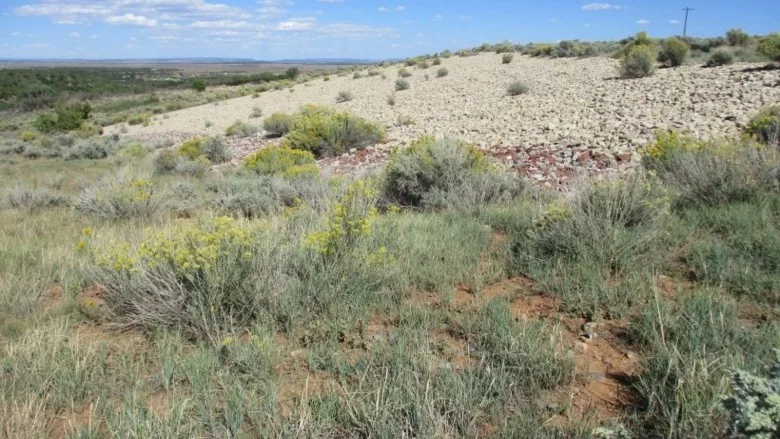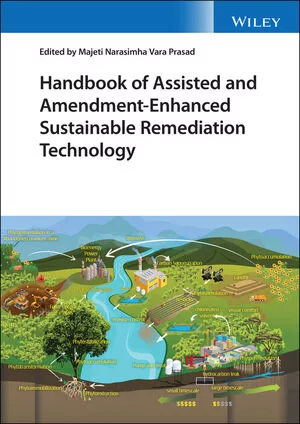Long term remediation is more than meets the eye
The northwest corner of the Monticello Disposal Cell looking southeast. The rock erosion control at the cell is prominent in the center of the photo.

The northwest corner of the Monticello Disposal Cell looking southeast. The rock erosion control at the cell is prominent in the center of the photo.
To passersby, the green fields outside of Monticello, Utah, appear to be great expanses of untouched nature. In fact, the grasslands mask a piece of history and a glimpse into the future.
Monticello hosts a former uranium disposal and processing site managed by the U.S. Department of Energy’s (DOE) Office of Legacy Management (LM). The organization serves as the environmental steward of the sites that once supported the nation’s defense efforts during the Cold War. The Monticello site was built in 1942 and processed approximately 900,000 tons of vanadium and uranium ore before closing in 1960.
“From a quick drive by, you would have no idea how integral this slice of land was to national security when it was in operation, and is to scientific innovation today,” says LM Site Manager Alison Kuhlman.
LM handles the cleanup of land and water contamination at the site, and Kuhlman says the work requires teams to think in decades rather than years.
“These efforts require long-term goals, and we have to expect roadblocks along the way, but we also know that new research and technology will help drive us forward.”
One of LM’s responsibilities at the site is monitoring the disposal cell that holds uranium tailings, ensuring the area remains secure and contamination stays at a level safe for human health and the environment.
Kuhlman explained that a new technology installed at Monticello measures satellite GPS signals reflected from the soil, which can be used to mathematically model moisture levels. Measuring soil moisture helps indicate the effectiveness of the site’s vegetative covers, which are designed to absorb water before it reaches contaminated material.
“Remotely sensed data coupled with powerful analytical tools provide an efficient, minimally invasive way to monitor the performance of disposal cells,” says LM Strategic Partner (LMSP) Chris Jarchow.
“This new tool complements measurements conducted with Monticello’s lysimeter, which happens to be the largest in the world,” Kuhlman says. A lysimeter is a device that measures water movement, or percolation, through the soil.
Teams are also looking into ways to improve understanding of the challenges at the site, and therefore set the most realistic goals possible.
“Successful cleanup requires not only the right technology, but also practical objectives and expectations,” says LMSP Ron Kent.
Kent says characterizing residual sources of contamination and quantifying the amount of uranium left is a top priority for the site.
“Residual sources of contamination can allow groundwater plumes to sustain themselves for a long time,” he says. “Identifying and addressing them is crucial to setting realistic management goals, and Monticello is setting the example for how to do so.”
A recent five-year review, which began with an assessment of delayed progress, showed that the site is secure and stable now, but climate change will inevitably create new obstacles. Monticello is one of several sites that LM, in partnership with DOE’s national laboratories, will be closely monitoring for climate change impacts.
“When dealing with long-term environmental remediation and laying out strategies for decades to come, reevaluation is expected, especially when new data emerges,” Kuhlman says.
Whether it’s changing the timeframe, changing the approach, or changing the metrics of success, Kuhlman says the goal remains the same – protecting human health and the environment.
Source: Office of Legacy Management https://www.energy.gov/lm/office-legacy-management



